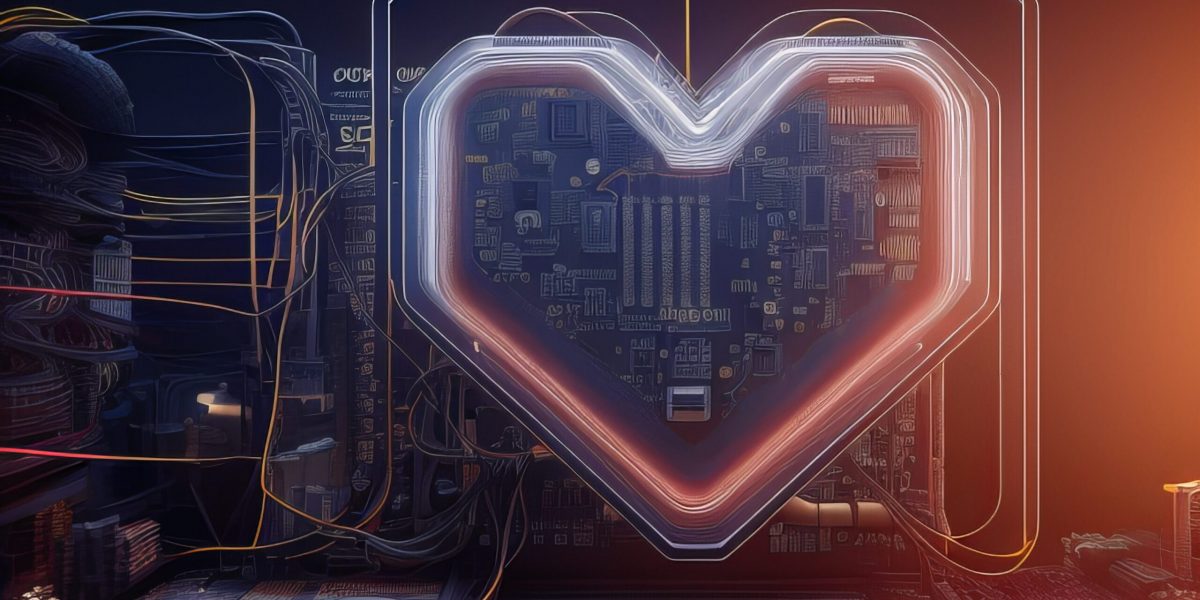One of the most exciting developments in recent years has been the increasing integration of connected medical devices into healthcare. The use of connected medical devices has drastically increased in healthcare facilities globally and allows for more efficient and accurate data collection, remote patient monitoring, and improved patient outcomes. These devices, which are equipped with sensors and connected to the internet, have the potential to revolutionize healthcare by providing quicker data transfer and collection, as well as insights for healthcare professionals.

There are several benefits of digital IoT in healthcare such as:
- Remote Patient Monitoring: Digital IoT enables the continuous monitoring of patient’s health parameters, allowing healthcare professionals to remotely track vital signs and intervene promptly if needed. This gives patients the comfort of checkups at home, and healthcare professionals time to see more patients.
- Predictive Maintenance: IoT devices in medical equipment can predict and prevent failures through real-time monitoring, reducing downtime and ensuring devices are always operational.
- Efficient Asset Management: Healthcare facilities can optimize the utilization of medical equipment and resources by leveraging IoT for tracking and managing assets, leading to cost savings.
- Data-Driven Decision-Making: IoT generates vast amounts of data, providing healthcare professionals with valuable insights for evidence-based decision-making and improving patient outcomes.
- Enhanced Drug Management: IoT can be employed to monitor the storage conditions of pharmaceuticals, ensuring medications are stored at the correct temperature and conditions, maintaining their efficacy.
- Workflow Optimization: IoT devices help streamline healthcare workflows by automating routine tasks, reducing administrative burdens, and allowing professionals to focus on patient care.
- Patient Engagement and Adherence: Connected devices facilitate better patient engagement by providing real-time feedback and reminders, improving patient adherence to treatment plans.
Challenges of Integrating Connected Medical Devices into Healthcare

While the benefits of integrating connected medical devices into healthcare are clear, there are still challenges to overcome. One of the major challenges when it comes to considering connected devices is data privacy and security concerns. Connected devices are susceptible to hacking, which means sensitive patient information could be compromised.
There are also challenges related to the integration of connected medical devices with existing healthcare systems. Most current healthcare systems were not designed with interconnected devices in mind, which means there may be issues with compatibility and interoperability. Additionally, the high cost and accessibility of these devices can be a barrier to equitable healthcare.
Another big consideration for IoT devices in medical settings is their reliability. These devices need to be highly accurate and dependable in collecting and transmitting patient data, as any errors can have severe consequences on patient care. Furthermore, as these devices become more interconnected with other systems, there is a higher risk of system failures and malfunctions. To ensure reliability, healthcare facilities must thoroughly test and monitor these devices, have contingency plans in case of system failures, and regularly update firmware to prevent potential vulnerabilities.
1. Data Security and Privacy Concerns:
The increased connectivity raises concerns about the security and privacy of patient data, requiring robust measures to safeguard sensitive health information. Medical devices need to communicate seamlessly with each other. However, due to varying standards and protocols used by different manufacturers, data safety can be a significant hurdle; which is why device suppliers must collaborate with EMS providers who share the same level of dedication and commitment to device assemblies.
2. Interoperability Issues:
Interoperable devices with the ability to share information seamlessly can improve patient care, reduce errors, encourage innovation, and enable more diverse study datasets. Integration challenges may arise when attempting to connect various IoT devices from different manufacturers, hindering seamless communication between systems. Consider partnering with one EMS provider equipped with the necessary tools, expertise, and commitment to deliver impressive results all under one roof.
3. Integrating Medical IoT:
The complexity of integrating medical IoT devices into existing healthcare systems is another significant challenge. These devices often require integration with electronic medical records (EMRs), clinical decision support systems, and other healthcare applications. This integration process can be time-consuming and costly, especially if the existing systems are not compatible with the new devices. Additionally, healthcare providers may also face challenges in training staff to effectively use these new devices and incorporate them into their workflows. To overcome these challenges, healthcare organizations must carefully plan and strategize the integration process and provide comprehensive training to staff.
Ensuring Top-Tier Standards in Medical Device Manufacturing
Connected medical devices are expected to have a massive impact on the healthcare industry in the coming years. With the continuing advancements in technology and innovation, connected devices will become even more sophisticated, allowing for more accurate and insightful data collection. By combining connected medical devices with AI and machine learning, healthcare professionals will be able to detect patterns and trends in patient data more easily, leading to more personalized and effective treatment.
At Nortech, we take pride in partnering with our customers right from the start of a project. Our phased approach helps our engineers provide key insights during the build process to ensure that we understand our customer’s needs and provide access to their product data and performance during production. With a strong commitment to excellence, we invest in cutting-edge tools and equipment to design and produce high-quality products. Our goal is to meet industry standards while keeping up with the evolving technological landscape. We firmly believe that IoT devices will play an integral role in helping our customers effectively manage and monitor device performance for long-term success. Integrating connected medical devices into healthcare is an exciting development with the potential to improve healthcare processes. However, it is essential to address challenges related to integrating smart devices and healthcare. By overcoming these challenges, connected medical devices will provide insights and quicker data transfer as well as data collection.

